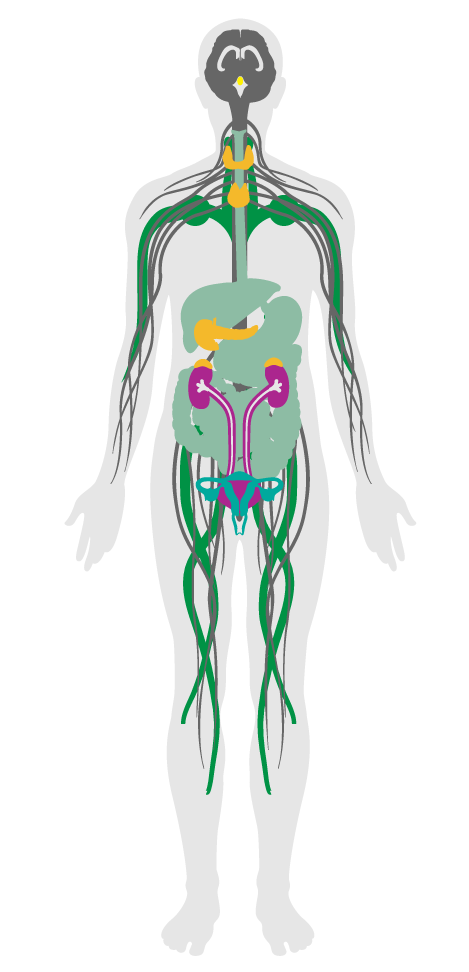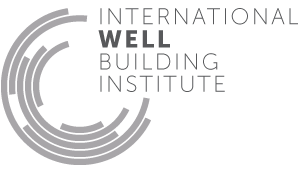Organic contaminants
32. Organic contaminants
Organic contaminants are generally found in trace amounts in ground and surface waters and may pose serious threats to human health. Common sources of organic pollutants include industrial activities that inadvertently leach chemical runoff into surface waters. Exposure to organic contaminants such as polychlorinated biphenyls (PCBs) and vinyl chloride in drinking water has been associated with a range of adverse health effects, including cancer, immune deficiencies and nervous system difficulties.
This feature sets maximum limits for organic contaminants like polychlorinated biphenyls (PCBs), benzene and styrene. Activated carbon filters are effective in removing these and other harmful chemical substances.
All water being delivered to the project area for human consumption meets the following limits:

Applicability Matrix
| Core & Shell | New & Existing Buildings | New & Existing Interiors | |
|---|---|---|---|
| Part 1: Organic Pollutants | P | P | P |
| Commercial Kitchen | Education | Multifamily Residential | Restaurant | Retail | |
|---|---|---|---|---|---|
| Part 1: Organic Pollutants | P | P | P | P | P |
Verification Methods Matrix
| Letters of Assurance | Annotated Documents | On-Site Checks | |
|---|---|---|---|
| Part 1: Organic Pollutants | Performance Test |
| 32.1.b |
The California Environmental Protection Agency regulates Benzene in drinking water to a Maximum Contaminant Level set at 0.001 mg/L. |
| 32.1.c |
The California Environmental Protection Agency regulates Ethylbenzene in drinking water to a Maximum Contaminant Level of 0.3 mg/L. |
| 32.1.f |
The California Environmental Protection Agency regulates Toluene in drinking water to a Maximum Contaminant Level set at 0.15 mg/L. |
| 32.1.a |
The California Office of Environmental Health Hazard Assessment and the California EPA set a public health goal of Styrene in water at 0.5 µg/L. |
| 32.1.g |
The WHO Guidelines for Drinking Water Quality set a guideline value for Xylene concentrations at 0.5 mg/L. |
| 32.1.d |
The EPA's Drinking Water Standards and Health Advisories set a Maximum Contaminant Level for Polychlorinated biphenyl concentrations at 0.0005 mg/L. |
| 32.1.e |
The EPA's Drinking Water Standards and Health Advisories set a Maximum Contaminant Level for Vinyl Chloride at 0.002 mg/L. |
| 32.1.h |
The EPA's Drinking Water Standards and Health Advisories set a Maximum Contaminant Level for Tetrachloroethylene concentrations at 0.005 mg/L. |
